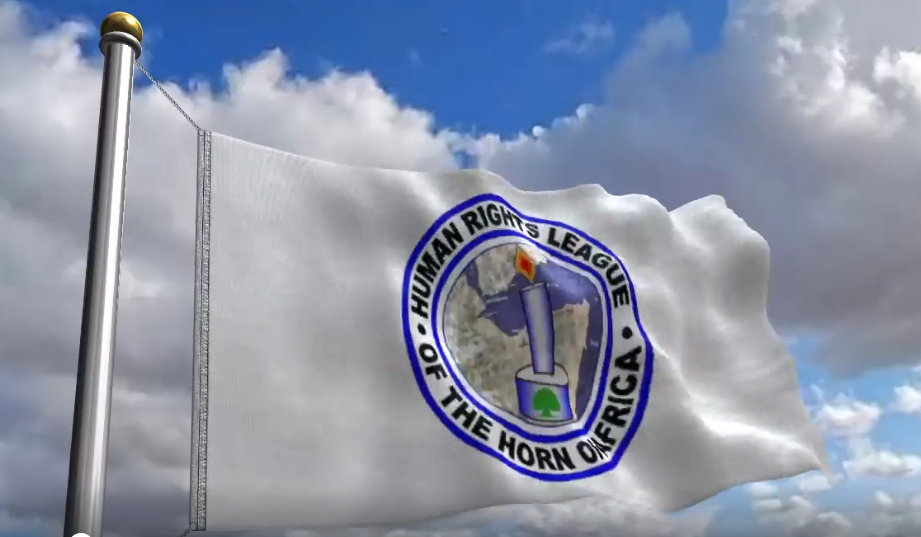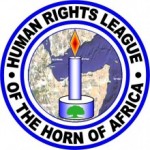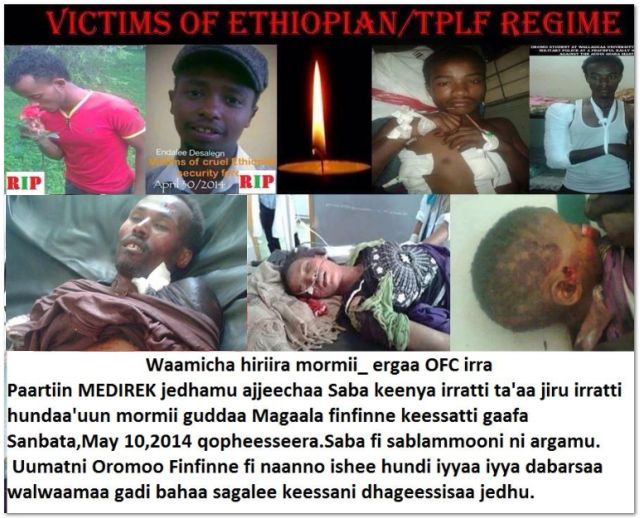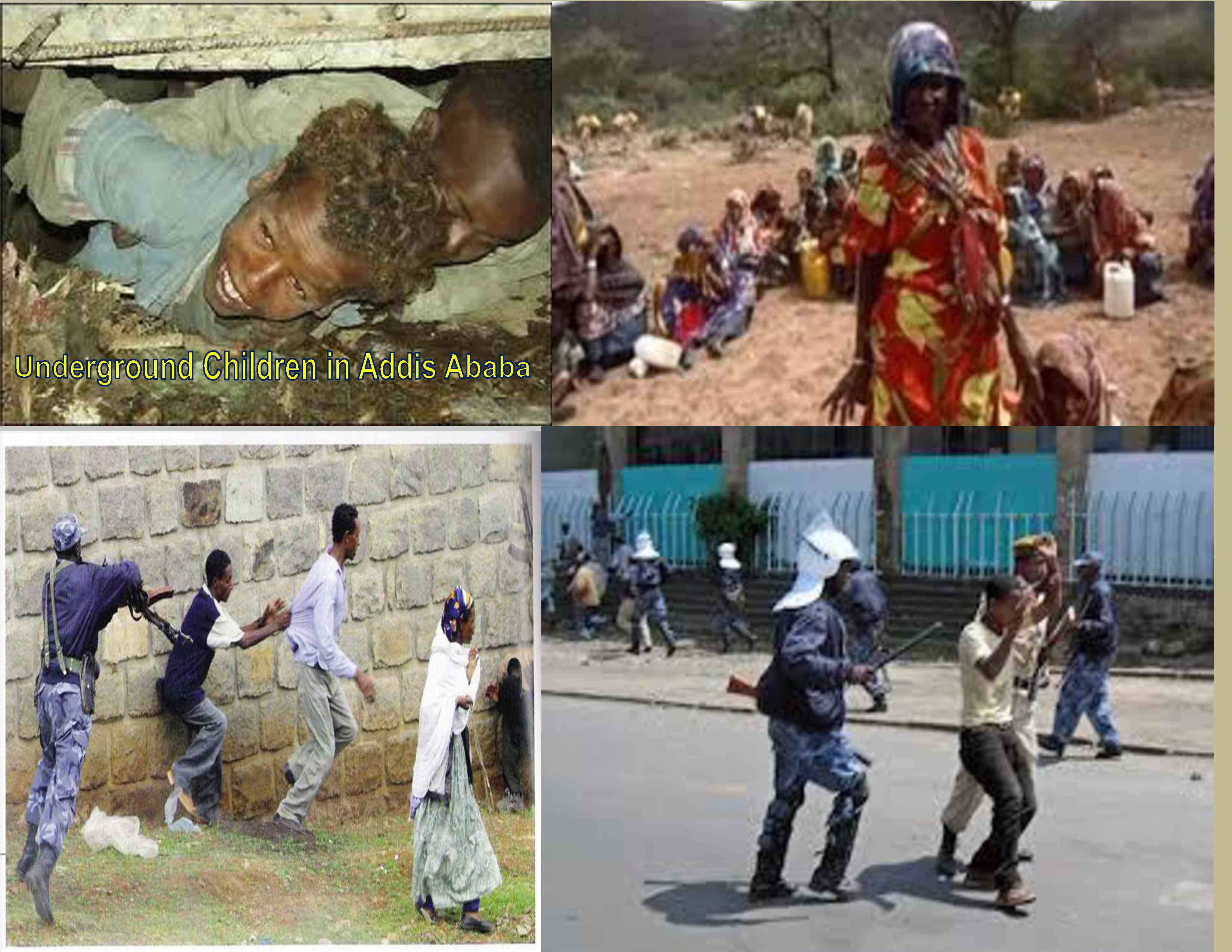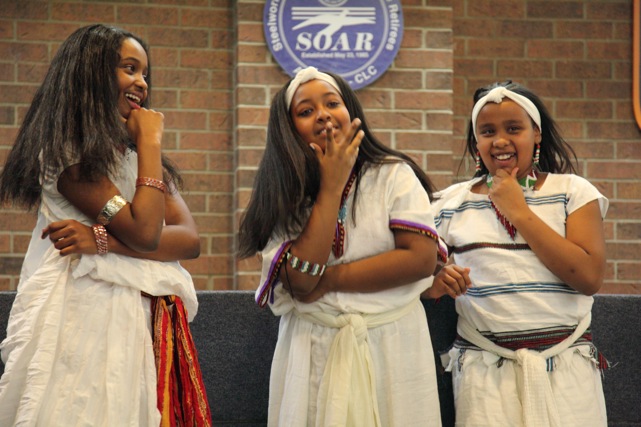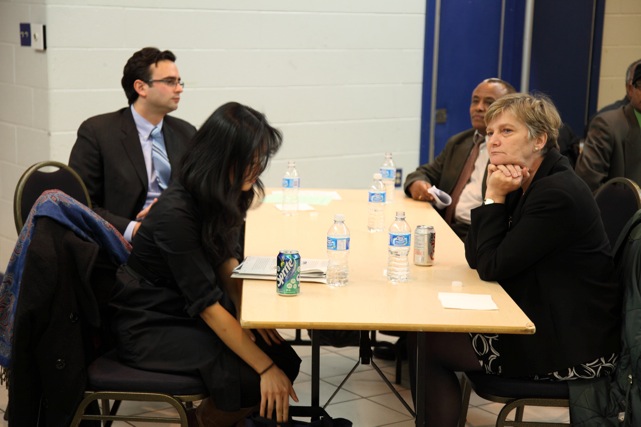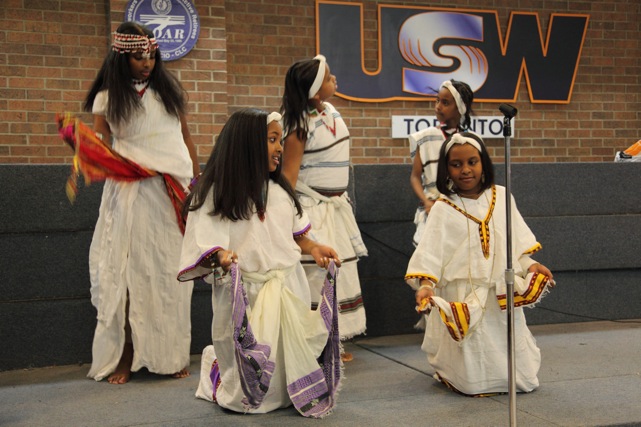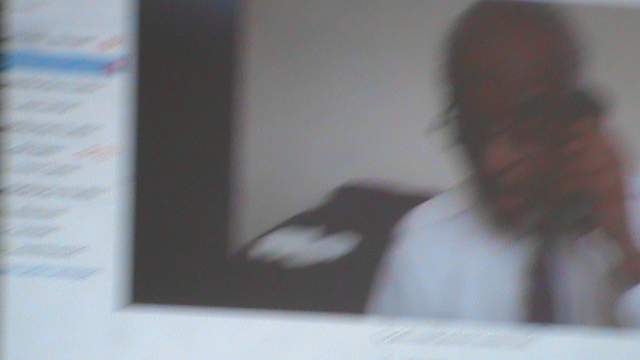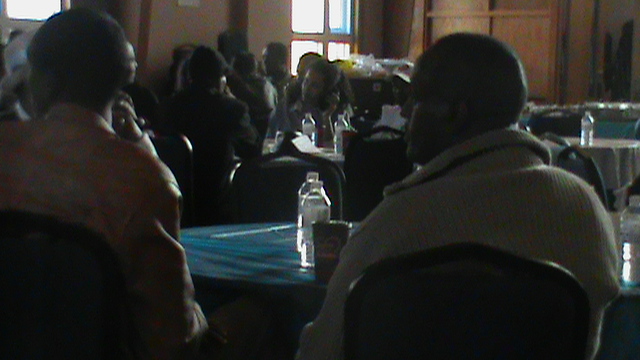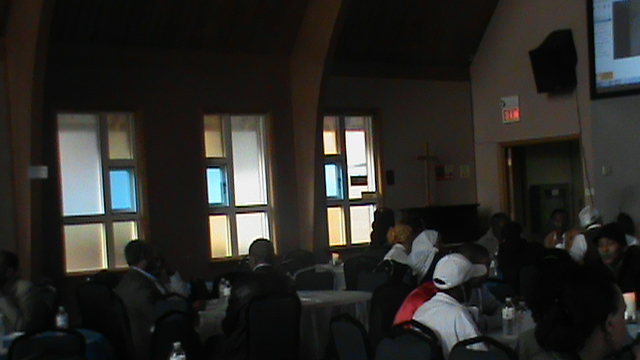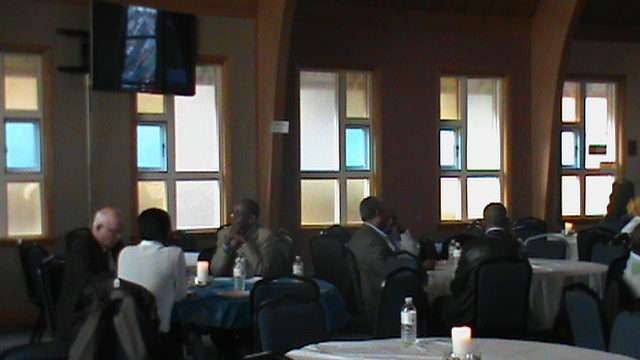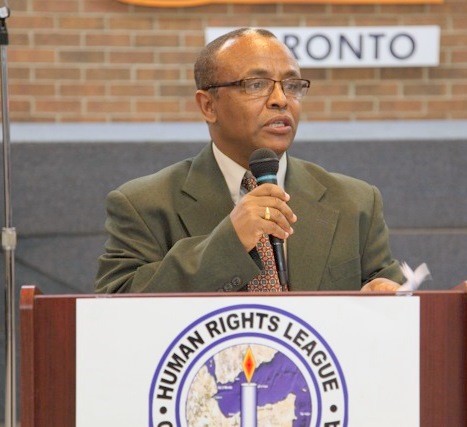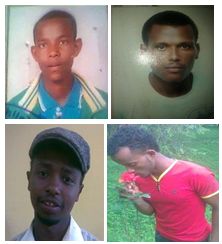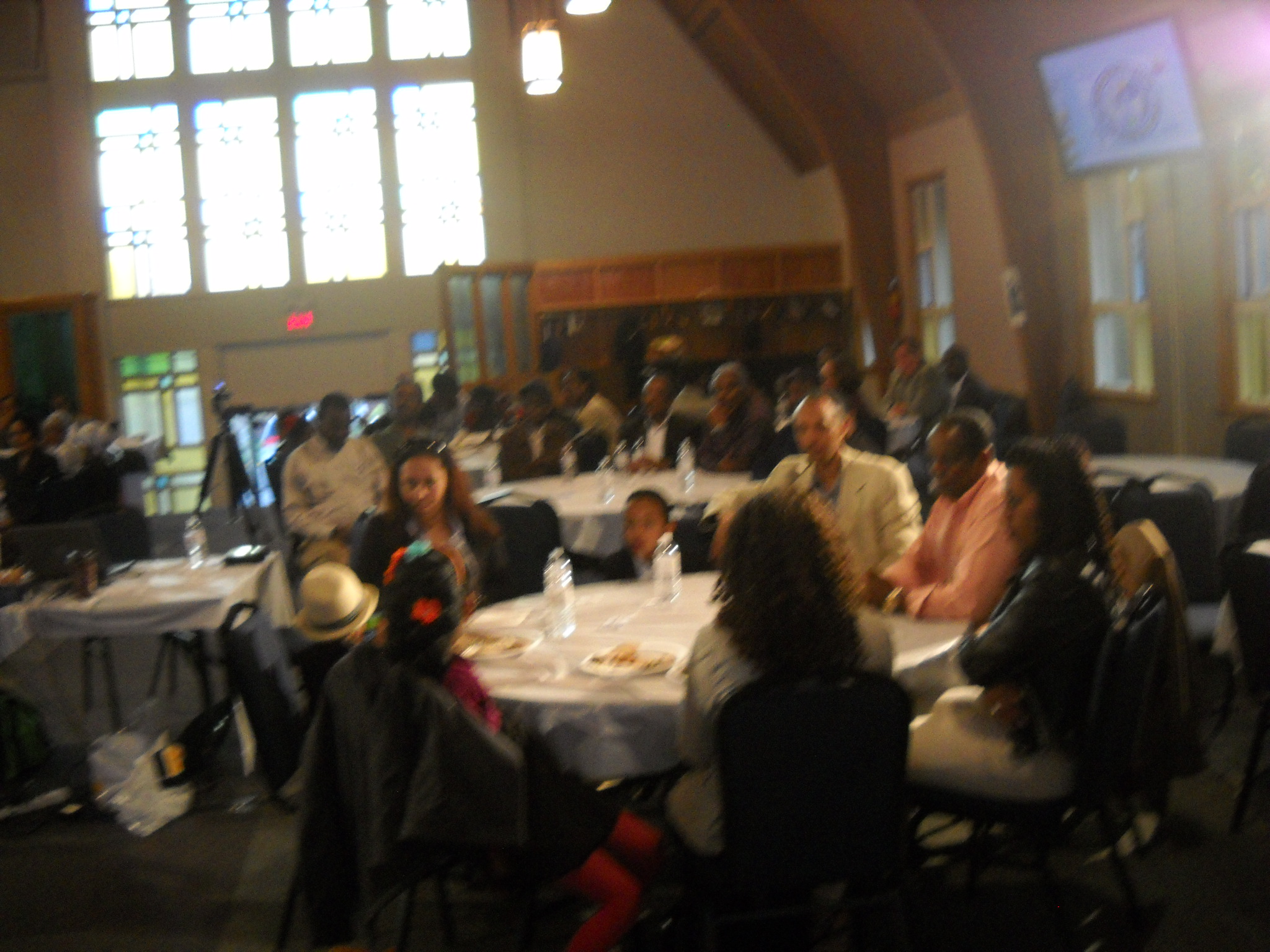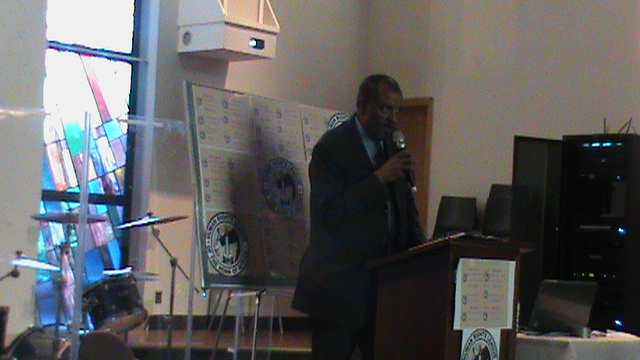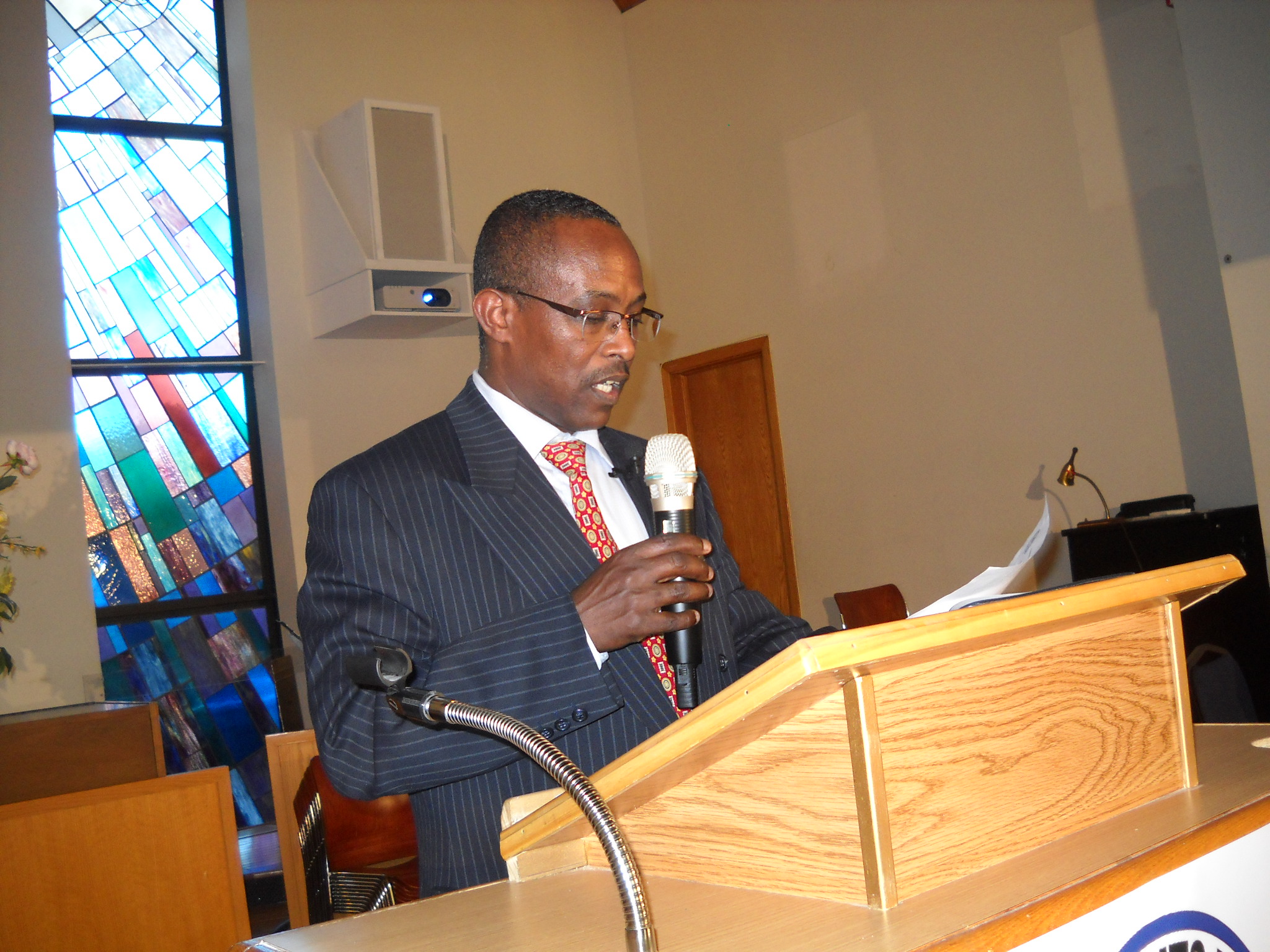26th Session of United Nations Human Rights Council
Geneva, Palais des Nations,
Presented By :Garoma B. Wakessa : Executive Director of HRLHA
June 19, 2014
Ethiopia: Gross Violations of Human Rights and an intractable conflict
Introduction: It is common in democratic countries around the world for people to express their grievances/ dissatisfactions and complaints against their governments by peaceful demonstrations and assemblies. When such nonviolent civil rallies take place, it should always be the state’s responsibility to respect and guard their citizens’ freedom to peacefully assemble and demonstrate. These responsibilities should apply even during times of political protests, when a state’s own power is questioned, challenged, or perhaps undermined by assemblies of citizens practicing in nonviolent resistance. If a government responds to peaceful protests improperly, a peaceful protest might lead to a violent protest- that could then become an intractable conflict. Government agents, most of all the police, must respect the local and international standards of democratic rights of the citizens during peaceful assemblies or demonstrations.
The Constitution of the Federal Democratic Republic of Ethiopia (1995), articles 29 and 30, grants democratic rights to Ethiopian citizens without distinction . Under these articles, the right of thought, opinion and expression, the right of assembly, demonstration and petition are the legitimate rights of Ethiopians through which they can express their opinions and dissatisfactions with the performances and activities of their government. The UN Human Rights council 19th Session (A/HRC/19/L.17), on March 19, 2012 and 25th Session (A/HRC/25/L.20,) on March 24, 2014 Resolutions #2 calls upon governments to uphold their responsibilities to promote and protect human rights in the context of peaceful protests “ States have the responsibility, including in the context of peaceful protests, to promote and protect human rights and to prevent human rights violations, including extrajudicial, summary or arbitrary executions, arbitrary arrest and detention, enforced disappearances, and torture and other cruel, inhuman or degrading treatment or punishment, and calls upon States to avoid the abuse of criminal and civil proceedings or threats of such acts at all times;”
However, in the past two decades, the current Ethiopian government has failed to protect the constitutional rights of citizens.
Since the current government came to power in 1991, thousands of citizens who held a political agenda different from the ruling party were systematically jailed, abducted or killed. Journalists and human rights activists who were/are critical of the government were charged with treason and thrown into Ethiopian prisons. Students and teachers, those who demanded their fundamental rights on university campuses and high schools and elsewhere, who peacefully took to the streets to demand their rights, were beaten, arrested and detained or even killed.
The Human Rights League of the Horn of Africa has been reporting in different ways on the systematic human rights violations by the Ethiopian government and its security agents against peaceful demonstrators.
Generation Targeted Human Rights Violation in Oromia Regional State in Ethiopia
This paper focuses on these incessant decades long human rights violations against the Oromo na-tion in general and against Oromo youths in particular. In the past two months, many Oromo youths were killed, hundreds injured and thousands jailed because they went to street to protest against the so- called the Integrated Master Plan of Addis Ababa.
The peaceful protest started on April 24, 2014 at Jimma University and quickly spread to eight universities in Oromia including Ambo, Mettu, Naqamte, Mada Walabu, and others.
The students who took to the streets for a peaceful protest were met by armed government forces crackdowns and brutally attacked by fully armed EPRDF military. During these armed force crackdowns, thirty- four Oromos, aged eight to eighty, were murdered by the federal military forc-es.
The victims of these brutal attacks were not only students from among those who were out pro-testing in the streets, but also those who stayed behind on university campuses.
“The Integrated Development Master Plan” is designed to incorporate 36 small towns of Oromia including the towns of Dukem, Gelan, Legetafo, Sendafa, Sululta, Burayu, Holeta, Sebeta, and oth-ers, into the city of Finfinnee/Addis Ababa which is currently 527 km2. This would stretch the city by a factor of twenty, making it 10540 km2, uprooting and displacing an estimated 6.6 million Oromos in the process.
The Integrated Master Plan of the capital was first confronted by the Oromo people’s Democratic Organization (OPDO), the Oromo-wing of the ruling EPRDF party, in the second week of April 2014, before triggering wide-spread protest among Oromos of all ages, genders, and all walks of life. However, the TPLF, the dominant EPRDF party, vowed to continue the implementation of the master plan, unchanged, despite the Oromo nation’s protests.
For those of you who do not know much about the location of the capital city of Ethiopia (Addis Ababa), it is located in the central part of Oromia regional state (Please see the above map).
The special interest of the State of Oromia in Addis Ababa is indicated in the constitution of Ethiopia (1995) Article 49 (5) as ‘The special interest of the State of Oromia in Addis Ababa, re-garding the provision of social services or the utilization of natural resources and other similar matters, as well as joint administrative matters arising from the location of Addis Ababa within the State of Oromia, shall be respected. Particulars shall be determined by law.”
However, in the past 23 years irrespective of the constitution of the land, the regional state of Oromia has not received any revenue from Addis Ababa. Instead, the federal government of Ethiopia recklessly evicted more than 150,000 Oromos from the surrounding 29 villages without consultation or compensation and divided the Oromo land among Tigrian- born TPLF Cadres, members of Military and higher officials,
Ermias Leggese higher EPRDF official, former Minister d’etat of Communications Affairs confirmed in his interview with ESAT in May 2014
The current ongoing human rights abuses against Oromo students are a continuation of the gross human rights abuses that have been going on for the past two decades. During the past twenty years, hundreds of Oromo University and high school students have been killed, many were sus-pended from university, college and high schools, and thousands abducted and taken to unknown destinations. Many thousands have been thrown into jails, where most of them still languish .
The HRLHA considers the Integrated Master Plan nothing but a plan for ethnic cleansing and should be halted immediately before it crosses the line and causes intractable conflicts between the government and the citizens. .
Ethnic cleansing, according to the recently signed Stockholm Accords on Ethnic Cleansing is “the systematic annihilation or forced removal of the members of an ethnic, racial or religious group from a community or communities in order to change the ethnic, racial or religious composition of a given region.”
Promotion and Protection of all human rights, Government Claims and the reality on ground
The current EPRDF government claims that the basic and fundamental rights of the citizens en-shrined in the Ethiopian Constitution of 1995, Chapter three (fundamental rights and freedoms, articles 13-28 and democratic right, articles 29-44) which guarantees civil liberty and life in peace and harmony, are being respected and the country is heading towards democracy. On the contrary, events on the ground show that the basic and fundamental rights of Ethiopian citizens found in the Ethiopian Constitution of 1995- rights that guarantee liberty and life in peace and har-mony, have been violated
The plain truth is that all human rights, Civil, Political, Economic, Social and cultural includ-ing developmental rights which are highlighted in the Ethiopian constitution, are just rights on pa-per, used only for political consumption. They simply cover up the fact that there have been and continue to be gross violations of human rights. Oromia Support Group , Human Rights League of the Horn of Africa , The Guardian , BBC , CNN and The Create Trust are among the organi-zations which have condemned and reported on crimes against humanity taken against the Oromo nation by Ethiopian armed forces
Implementation of Civil and Political Rights in Ethiopia
One of the International Bills of Human Rights is the Covenant on Civil and Political Rights and its optional protocols. In its preamble, CCPR recalls the obligations of states under the UN charter to promote and protect the human rights of their citizens. Under articles 1, 3, and 5 of ICCPR, it is stated that the rights to self-determination, equal rights of men and women, and civil and political rights are granted; and that it is the duty of the governments to realize them in their territory. This has not happened in Ethiopia.
Opposition party members have been labeled terrorists and accused under the Ethiopian Anti Terrorist proclamation of 2009 and charged with treason, then sentenced to life or long prison terms.
Among many imprisoned political leaders are:
1. Andualem Arage- CUD life in prison 2. Bekele Gerba Oromo Federalist Movement -8 years, and 3.Olbana Lelisa – Oromo Congress Party- 13years
Press Freedom: Press freedom in Ethiopia is said to be regulated by the vaguely defined Press Proclamation No. 34/1992, which government officials abuse to the maximum by subordinating it to the criminal law in order to intimidate and harass journalists, bloggers and publishers. Media practitioners in Ethiopia face charges such as treason and terrorism by simply putting pen to paper and attempting to allow ordinary citizens to exercise their freedom of expression. Many journalists and publishers have been subjected to repeated long- term imprisonments and prohibitive fines. Even bail able charges require depositing huge amounts of money, which in most cases are not re-fundable even after cases are settled.
For Example Eskindir Negga and , Reeyot Alemu, were sentenced to 18 and 14 years respectively not as a journalists, but sentenced with treason charge.
Financial punishments are specifically aimed at weakening the independent media and pushing them out of existence. Harassing and intimidation are also used against the press. As a re-sult, dozens of independent newspapers and magazines have already gone out of publication, and a lot of journalists and publishers have fled the country. And those who stayed in the country live under a constant atmosphere of fear and insecurity – an atmosphere not conducive to the promo-tion of democratic cultures, openness, transparency and political accountability. Journalists in Ethi-opia are not allowed even to attend government press conferences. Nor do government officials allow access to information in public offices controlled by them, despite the fact that not only the Press Law, but also the Ethiopian Constitution (under Article 29) require open access to those seek-ing information. Even the doors of Parliament, the place said to be the seat of people’s representa-tives, are closed against independent media.
